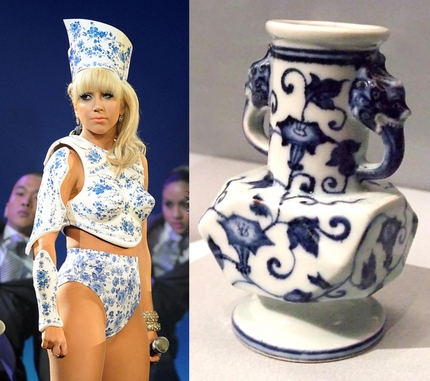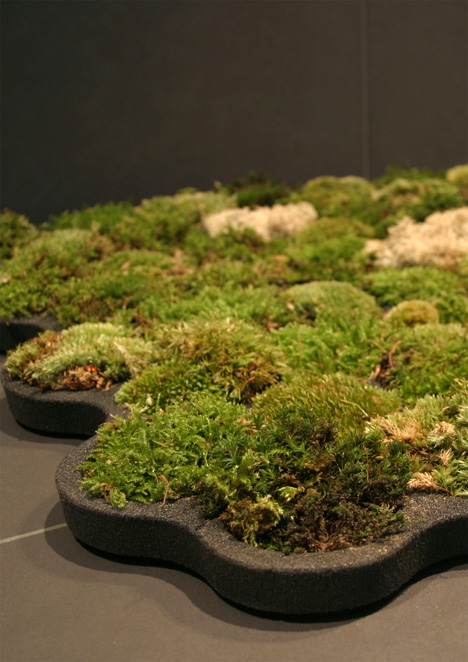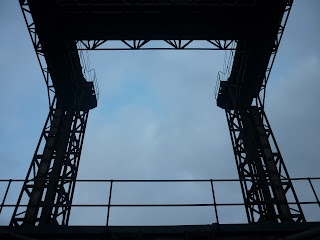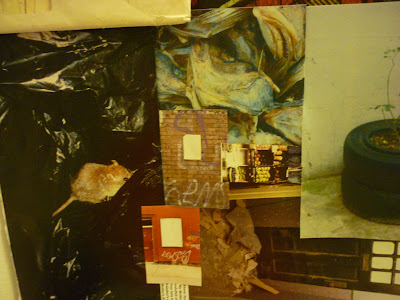
Today we had our workshop inductions and whilst I had already been shown everything at Chelsea last year on my foundation course they were useful in giving me some ideas for this Brixton project. For one, it was interesting to see how in some students' work that the various technicians had used as examples the sheer amount the specialisms all overlap. For example, there was an MA Textiles student who had worked into different types of wood such as walnut with leather detailing and she had made a collection of these tiny but beautiful wooden blocks. Furthermore, there was a student who had used plates sourced only from charity shops and printed onto them in the ceramics workshop. This was my biggest influence today, simply because it got me thinking about using objects and clothes from Brixton charity shops, tea cups being particularly relevant given the number of coffee shops in Brixton Village Market. Whilst tea cups aren't so much geared towards an eventual design for the Fashion Show as I would have to use them in a very literal way, possibly by printing, I could use them in a more Gaga-esque outlandish context...
 I so want this! While doing some research for my Object Analysis presentation which I have on Friday I found this amazing bath mat. 'Amazing' and 'Bath Mat' don't usually go in the same sentence but imagine the sensation of stepping out of the shower onto a forest floor... It's made using (fancy new word coming up) imputrescible foam, meaning that it is not liable to decomposition, called plastazote. The mat includes ball moss, island moss and forest moss and these mosses thrive off the humidity of the bathroom and the water that drips off you when you stand on it. It was designed by Swedish artist Nguyen La Chanh who is now looking to commercialise the product after several people have expressed an interest in buying one on her website. Her design process is a simple idea. She deconstructs items and then recreates them with a green purpose and function. Such as in her piece 'Kitchen Garden' in which she has created a holder for kitchen utensils out of a textiles through which the thin roots of herbs can pass. The herbs can grow vertically and live off the water that comes from the drying utensils and, depending on where you place it in the kitchen, the draining board.
I so want this! While doing some research for my Object Analysis presentation which I have on Friday I found this amazing bath mat. 'Amazing' and 'Bath Mat' don't usually go in the same sentence but imagine the sensation of stepping out of the shower onto a forest floor... It's made using (fancy new word coming up) imputrescible foam, meaning that it is not liable to decomposition, called plastazote. The mat includes ball moss, island moss and forest moss and these mosses thrive off the humidity of the bathroom and the water that drips off you when you stand on it. It was designed by Swedish artist Nguyen La Chanh who is now looking to commercialise the product after several people have expressed an interest in buying one on her website. Her design process is a simple idea. She deconstructs items and then recreates them with a green purpose and function. Such as in her piece 'Kitchen Garden' in which she has created a holder for kitchen utensils out of a textiles through which the thin roots of herbs can pass. The herbs can grow vertically and live off the water that comes from the drying utensils and, depending on where you place it in the kitchen, the draining board. 

































![[products.jpg]](https://blogger.googleusercontent.com/img/b/R29vZ2xl/AVvXsEi6wqhtBXjNzmofjGzjbFcaCqdlX3PjjslvDHaEN5hF4j3MAknxNS1KC0lZFtnn2m45SrDpWEFXMIUITekVZkcFD9YK9zKCFnX6MBx9E6GFRO9qOo5YthTKT1-rjqxX4-BszftVIj_dykVp/s640/products.jpg)













